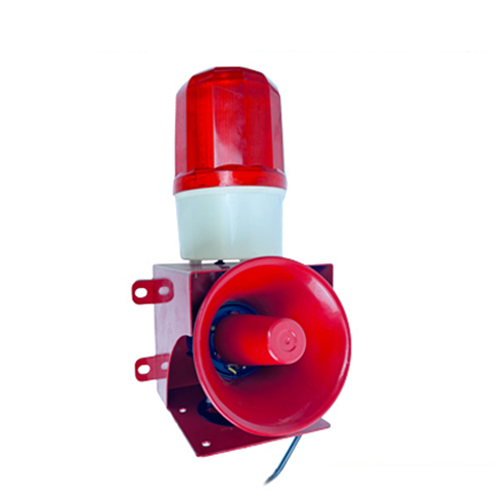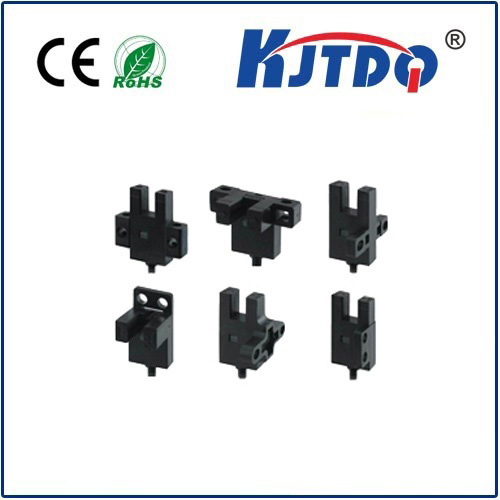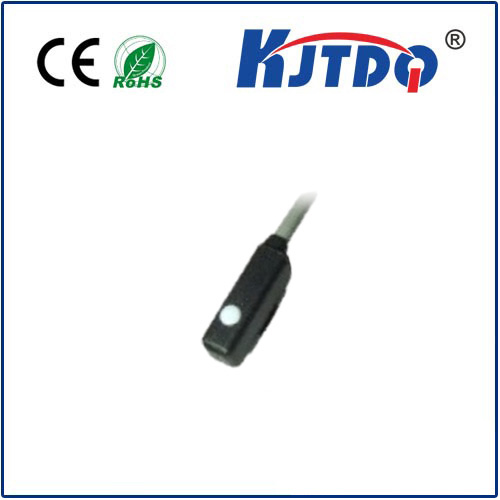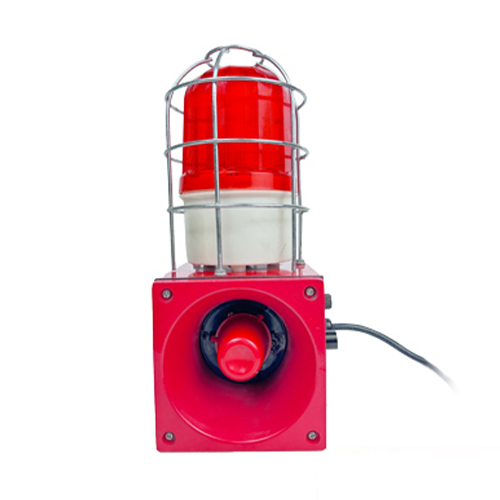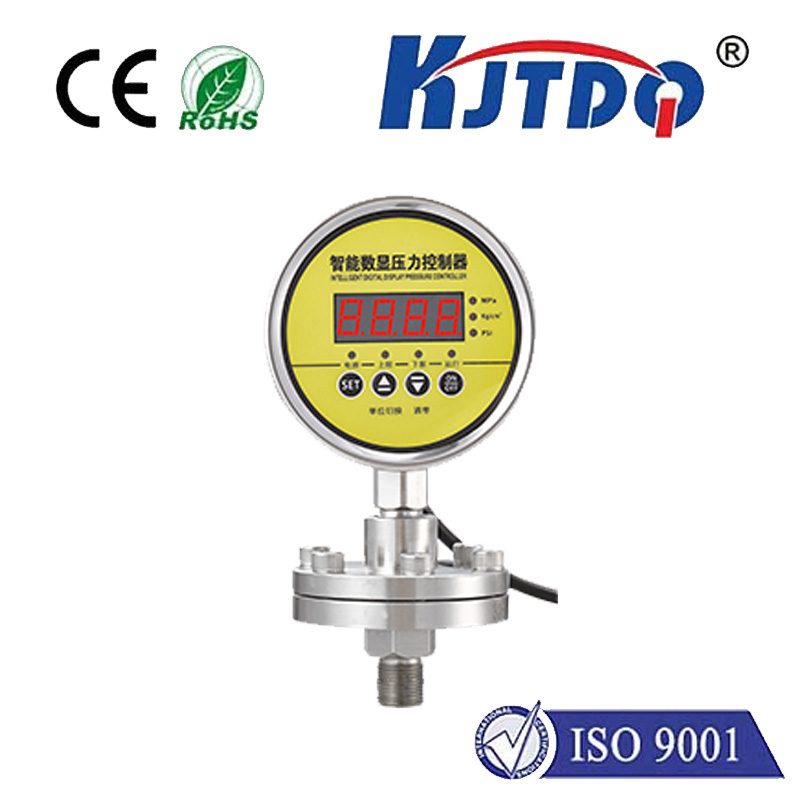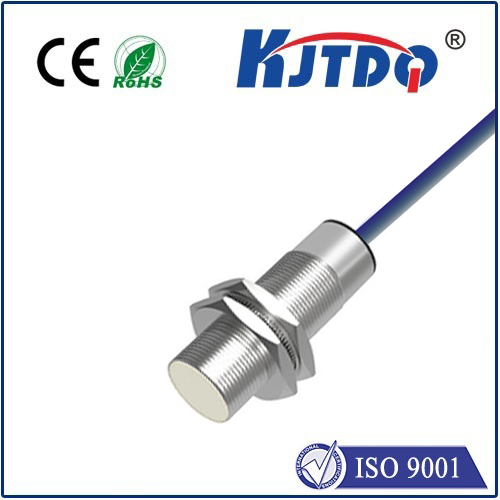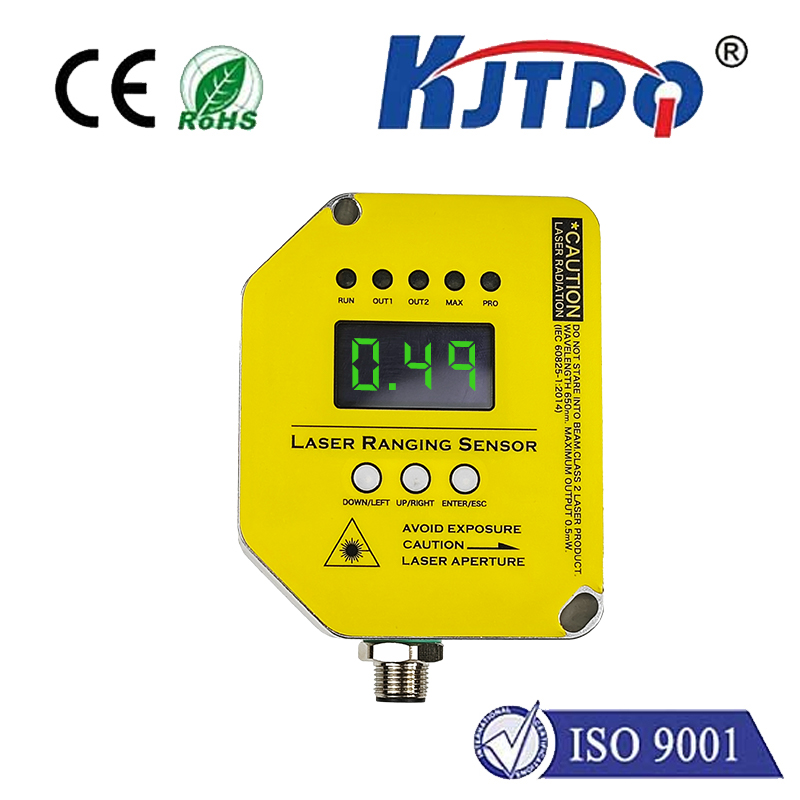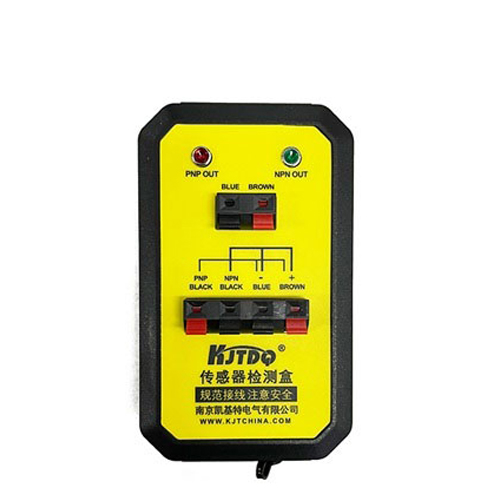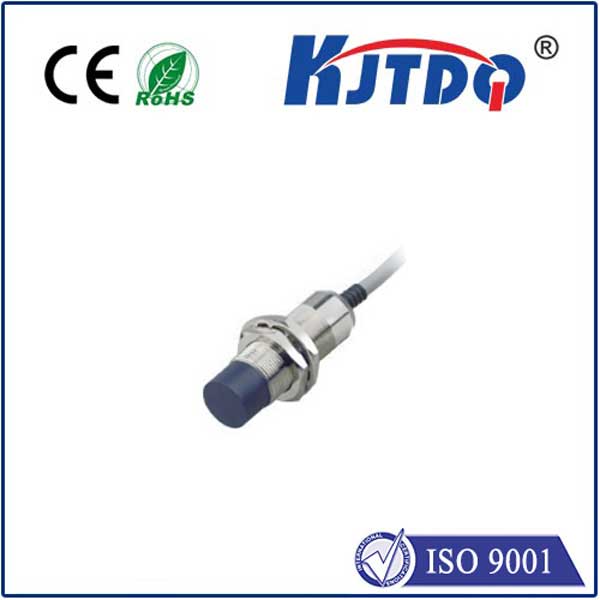tof laser distance sensor
- time:2025-09-08 17:30:26
- Click:0
TOF Laser Distance Sensors: Mastering Precision Measurement at the Speed of Light
Imagine measuring distances instantly, with incredible accuracy, without ever touching an object. This isn’t science fiction; it’s the everyday reality enabled by Time-of-Flight (TOF) laser distance sensors. These compact powerhouses have revolutionized how machines perceive and interact with the physical world, offering unparalleled speed and reliability for countless applications. Forget cumbersome tapes or slow ultrasonic waves; TOF lasers deliver measurements at, quite literally, the speed of light.
How Does a TOF Laser Sensor Actually Work?
The core principle is elegantly simple, leveraging the constant speed of light (c ≈ 300,000 km/s). Here’s the breakdown:
- Emitting the Pulse: The sensor emits a highly focused, short burst of infrared laser light towards the target object.
- Race Against Time: This laser pulse travels through the air at the speed of light until it hits the target surface.
- The Reflection: The pulse reflects off the target and travels back towards the sensor.
- Precise Timing: An ultra-sensitive photodetector within the sensor captures the returning pulse. Sophisticated signal processing electronics measure the exact time difference (
Δt) between the moment the pulse was emitted and the moment its reflection is detected.
- Calculating Distance: Since the pulse traveled to the target and back (twice the distance
d), the distance is calculated using the fundamental equation:
d = (c * Δt) / 2
This calculation happens millions of times per second, providing a continuous stream of highly accurate distance data.
Why Choose TOF Over Other Distance Measurement Technologies?

While technologies like ultrasonic sensors, triangulation sensors, and traditional phase-shift lasers exist, TOF offers distinct advantages:
- Longer Range Capabilities: TOF sensors excel at measuring longer distances compared to triangulation methods. Ranges can extend from centimeters to hundreds of meters, depending on the sensor model.
- Exceptional Speed: Instantaneous measurement is a hallmark. The principle relies purely on timing light pulses, enabling updates rates in the kilohertz (kHz) range, far surpassing ultrasonic sensors.
- Large Measurement Spot: The laser spot size generally increases proportionally with distance. While this can be a drawback for pinpoint accuracy at long range on small objects, it makes TOF sensors less susceptible to alignment errors and ideal for detecting larger surfaces or objects.
- Self-Contained Operation: Unlike triangulation sensors that require precise separation between emitter and receiver lenses, TOF sensors house both components in a single, compact unit, simplifying integration and mounting.
- Strong Performance on Various Surfaces: TOF sensors generally handle different materials and colors better than some other optical methods, though highly reflective or very dark surfaces can sometimes pose challenges mitigated by advanced algorithms.
Where TOF Laser Sensors Truly Shine: Key Applications
The unique blend of speed, range, and robustness makes TOF ideal for:
- Industrial Automation: Precise object positioning on conveyor belts, palletizing/depalletizing robot guidance, presence detection, roll diameter measurement, and controlling crane heights. Their speed is critical for high-throughput lines.
- Robotics and AGVs: Enabling autonomous navigation, obstacle detection and avoidance, docking, and localization for mobile robots and automated guided vehicles. Long-range detection is vital for safety.
- Material Handling & Logistics: Level monitoring in silos or bins (bulk solids, liquids), dimensioning packages and pallets for automated shipping systems.
- Construction & Surveying: Land surveying equipment (often integrated into high-precision systems), machine control for graders and excavators, monitoring structural deformations over time.
- Drones (UAVs): Altitude hold, terrain following, and collision avoidance systems rely heavily on compact TOF sensors.
- Consumer Electronics: Emerging applications like gesture recognition for smart devices, camera autofocus enhancement (LiDAR scanners in smartphones), and robotic vacuum cleaner navigation often utilize micro-TOF modules.
- Security & Access Control: People counting, intrusion detection zones, and automatic door activation.
Selecting the Right TOF Laser Distance Sensor
Choosing the optimal sensor requires considering several factors:
- Required Range: Specify the minimum and maximum distance you need to measure consistently. Don’t push a sensor to its absolute limits for critical tasks.
- Accuracy & Resolution: Determine the level of precision needed (
±1mm, ±5mm, ±1cm, etc.) and the smallest detectable distance change (resolution).
- Target Properties: Consider the surface material, color, reflectivity, and texture. Some sensors offer adjustable settings or algorithms to handle difficult surfaces.
- Measurement Speed (Update Rate): How quickly do you need distance updates? (e.g., 10Hz, 100Hz, 1kHz+). High-speed applications demand high update rates.
- Environmental Conditions: Account for operating temperature, humidity, dust, fog, and ambient light levels. IP ratings are crucial for harsh environments.
- Output Interface: Ensure compatibility with your control system (Analog voltage/current, RS232/485, USB, Ethernet, EtherNet/IP, CAN bus, etc.).
- Size & Form Factor: Physical constraints for mounting the sensor are important.
The Future is Bright (and Measured)
TOF laser sensor technology continues to advance rapidly. We’re seeing improvements in:
- Miniaturization: Smaller sensors enabling integration into ever-more compact devices (like smartphones and wearables).
- Improved Accuracy & Resolution: Enhanced signal processing and laser modulation techniques push the boundaries of precision.
- Multi-pixel TOF (TOF Cameras): Systems using arrays of TOF pixels to generate depth maps or 3D point clouds, crucial for advanced robotics, augmented reality (AR), and autonomous systems.
- Power Efficiency: Lower power consumption is essential for battery-powered applications.
- Robustness & Algorithm Sophistication: Better handling of complex environments, challenging surfaces, and interference through advanced firmware and AI integration.
Integrating Precision
TOF laser distance sensors provide a robust, fast, and highly effective solution for non-contact distance measurement across a vast spectrum of industries. By harnessing the speed of light and sophisticated electronics, they deliver the critical spatial awareness needed for automation, safety, and operational efficiency. Whether guiding a robot arm with micron-level precision, ensuring a drone safely navigates obstacles, or simply counting boxes on a fast-moving conveyor, TOF technology is fundamentally changing how machines perceive and measure their world, proving to be an indispensable tool in the age of automation and smart systems. Understanding their principle, advantages, and key selection criteria is essential for leveraging their full potential in your next project.







